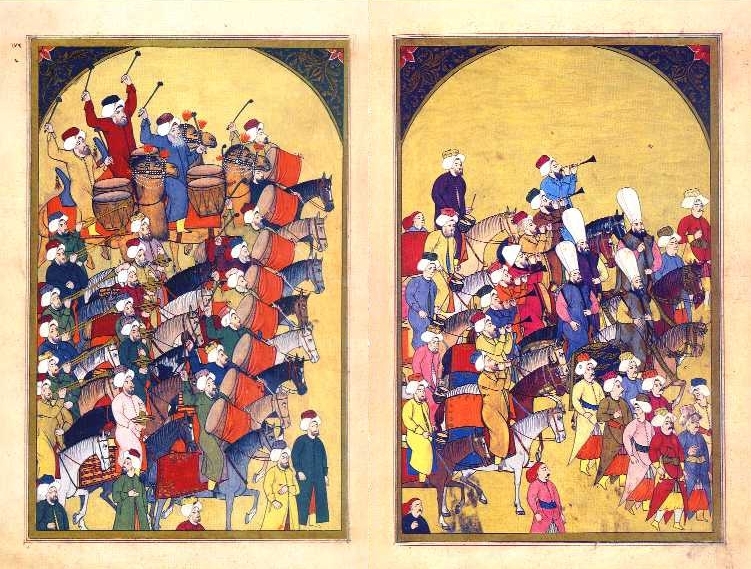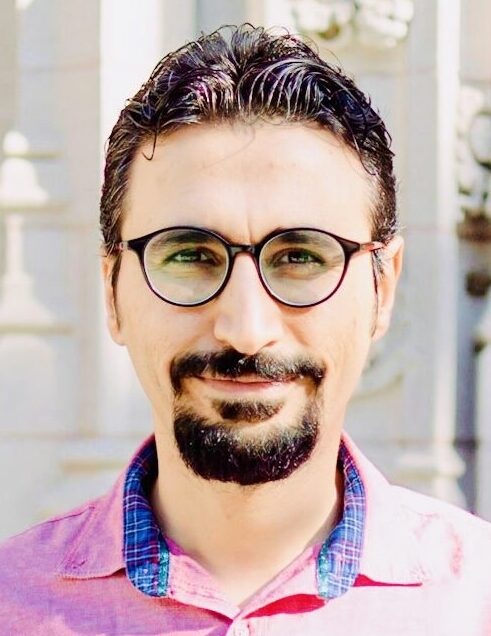The Trumpets Cried:
Sound and the Senses in Processions during the Thirteen Years’ War (1593–1606)
Linda Pearse
Associate Professor of Music History
Department of Music
Mount Allison University
During the Thirteen Years’ War between the Austrian Habsburg and Ottoman empires, sound, ritual, and collective memory were used to leverage support for political and religious aims. Drawing on Jesuit records, archival sources, and travelers’ accounts, I consider processions as signifiers of religious identity within Austrian and Ottoman regions. The juxtaposition of these sources reveals how cultural anxieties prompted sonic and multisensory strategies. German chronicler Hieronymus Ortel (1602) describes Habsburg jubilation in response to news of a victory in 1593 against the Ottomans. The festivities included songs, trumpets, drums, and gunfire in Prague, and a procession with sung litanies in Vienna. Gesturing to the importance of penitential devotions for success in war, Archduke Matthias attributed other 1593 victories to the people’s sighs, prayers, processions, and supplications. Ottoman and European accounts describe sensory aspects of circumcision festivals and annual surre processions that engaged the senses to communicate ideas and ideals of the state (Faroqhi 2000; Şahin 2018; Terzioğlu 1995; Wasti 2005). The chronicler Selâniki reports on Mehmed III’s celebratory procession following the Ottoman victory at the Siege of Eger in 1596 (İpşirli 1989). Drums, brass and wind instruments, and musket fire exploded the acoustic horizon alongside the smells of incense, the slaughter of animals, the sights of colourful banners, the movement of the guild processions, and the sounds of children crying out. Processions, sonic events, and silence—bells, calls to prayers—projected religious identity and had the potential to unite or divide communities, perpetuate collective memories, or incite apostasy (Ergin [Macaraig] 2015; Gradeva 2010). Processions thus offer a window into the role of sound and the senses in negotiating power within multi-religious and multi-confessional communities in tempore belli.
Date
Thursday 14 February 2025
16:00 (Utrecht Time)
Location
University Museum Utrecht | UMU
Lange Nieuwstraat 106, 3512 PN Utrecht
Registration
Entrance is free, but registration compulsory since seats are limited: sensis@uu.nl
We look forward to seeing you!



